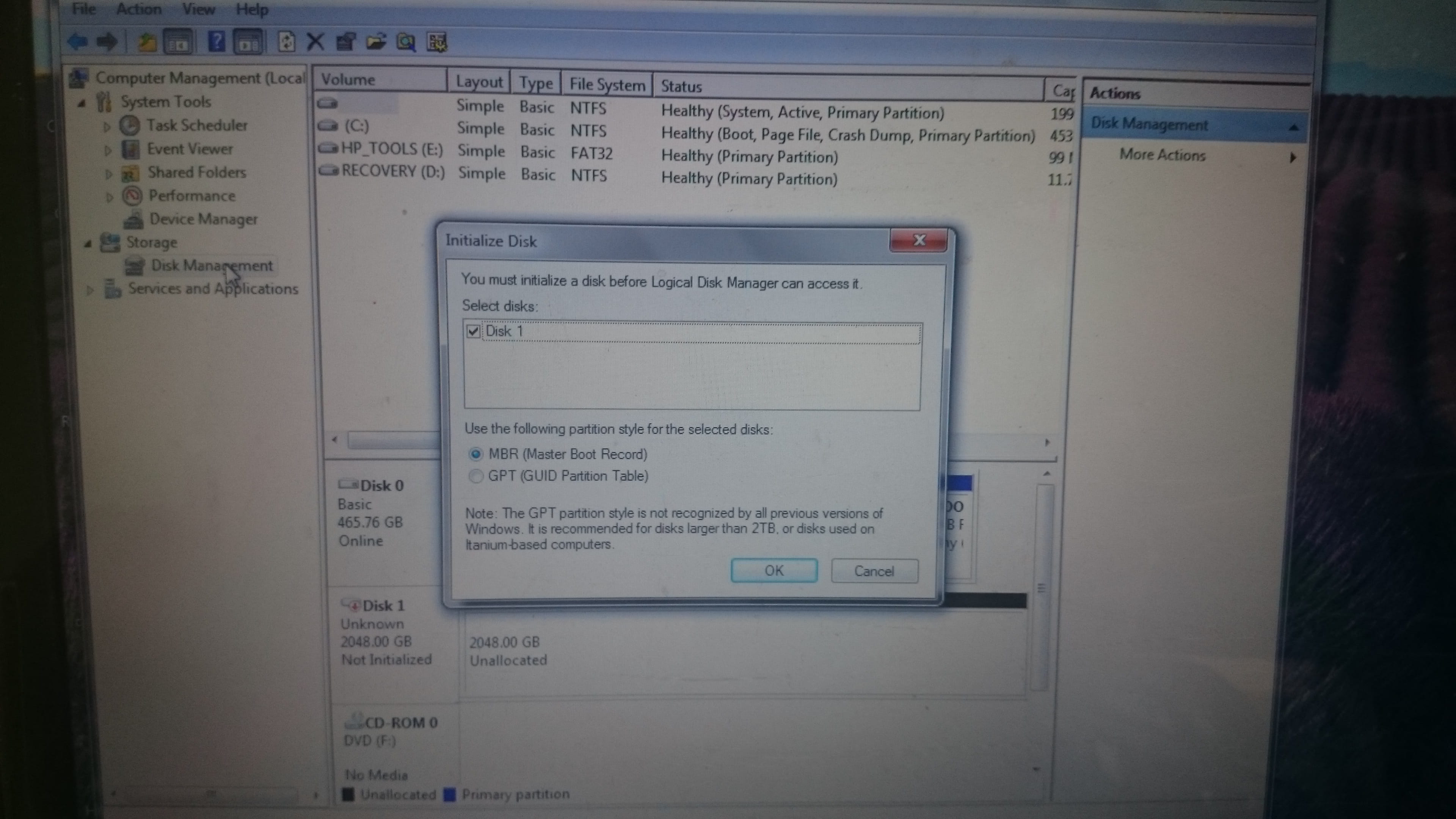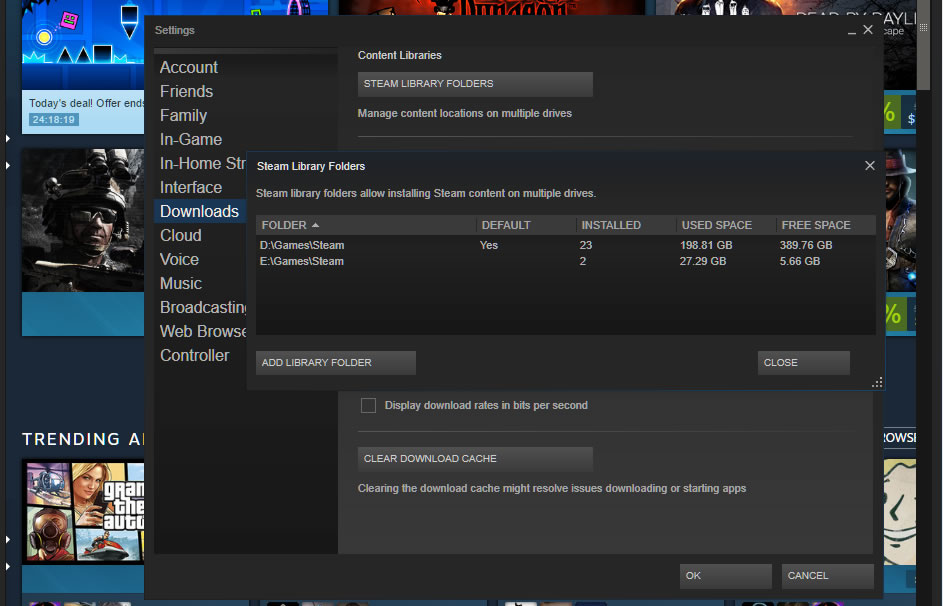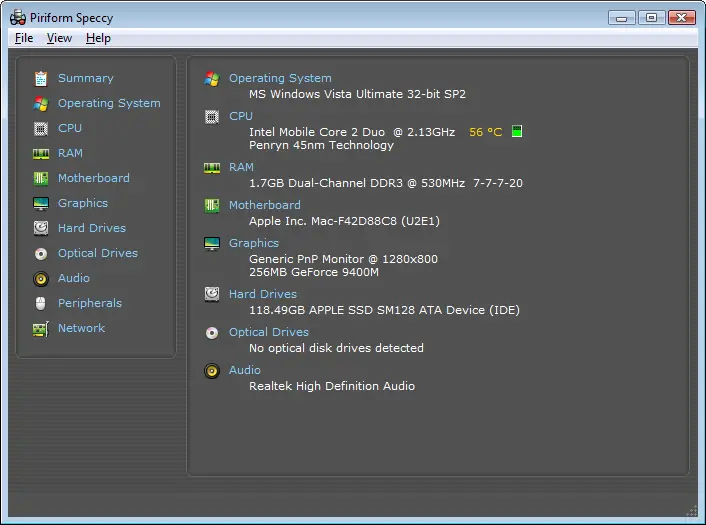Pc Not Detecting Ssd


SSD not detected in Win10 install but is detected in bios Hi all, This is my first build and I am so close yet it feels so far away. I'm at the final step of installing Windows 10 onto my PC I have a bootable USB drive connected and everything goes smoothly until I have to select a hard drive! Windows 10 will know that it is an SSD. In these two situations, to fix the SSD not showing up problem, you can try to first initialize the SSD in Windows 10 and then retrieve data on the SSD using EaseUS disk data recovery. To fix an SSD not showing up in Windows 10 by initializing SSD: 1. Right click on This PC, select Manage option.
The hard drive not detected error is an issue that has been bothering mostly Windows 10 OS users for some time now. Some people are convinced that this problem is related to the recent Windows 10 updates that have been causing issues with drivers and other system components.However, the hard drive not detected error can occur at any time anywhere and might not be always related to Windows 10 updates. If you ever run into this problem, the bug will display one of two particular informative messages. It can look like this:“We couldn't find any drives. To get a storage driver, click Load driver.”Or you can be provided with this type of text:“No drives were found.
Click Load Driver to provide a mass storage driver for installation.”This time, the upgrade might have caused a hard drive problem which somehow cannot be detected by the system but it does not have to refer exactly to the Windows 10 upgrading activity. After all, some good news is that it doesn’t mean that the missing drive on the Windows machine has been lost permanently along with the data stored on it.In most of the cases, the particular Windows Anniversary Update bug regarding Hard drive not detected error occurs on PCs that have several different drives installed on the same system, e.g. PATA, SATA, SDD, M.2, etc. This problem emerges because the Windows system skips the secondary drive during the upgrade which is why it disappears from the list.To put it simply, the issue with not found hard drive can be fixed by bringing back to the surface the hidden hard drive and re-enabling it. It’s not difficult to perform this task on Windows 10, even if you are not considering yourself an IT specialist or advanced computer user.

To fix the hard drive not found error, we’ve prepared a few solutions down below.How to fix “Hard drive not detected” on Windows 10? To repair damaged system, you have to purchase the licensed version of Reimage Reimage.The main reason Windows 10 displays error “Hard drive not detected” or doesn't show the HDD with Disk Management is the OS updates. However, there is always a possibility of intruders or corrupted software, files. These issues are not easily detectable, so you need to scan your device before attempting any manual fix. Our suggestion would be to download and install a tool such as.Having in mind how many bugs related to Windows 10 update have caused issues to users these days, software that is capable of detecting and fixing drivers and similar components automatically would be a great solution. If you have never tried a PC repair software before, then you have to know that these programs are designed to clean up registries, fix startup problems, take care of the updates, protect from malware, and so on. Next, go thru the following steps: Step 1.
Fix Hard drive not showing in Windows issue by using Disk Management. To repair damaged system, you have to purchase the licensed version of Reimage Reimage.The main thing that you have to do in order to get rid of the “Hard drive not detected” error is to re-enable the missing hard disk using Disk Management. Complete each step exactly as shown in the instructions in order to achieve the best results possible:. Right-click the Windows key at the left bottom corner and select Disk Management.
Now, you should see the list of drives that are connected to your PC/laptop. Pick the one that cannot be detected by your machine. It should be indicated as Unallocated partition. Right-click on it and select Change drive letter and paths. Click on Add to open the Add Drive Letter or Path window. Choose Assign the following drive letter and click the letter to name your drive.
Finally, click OK and close all active windows. Reboot your PC and navigate to This PC section. Check if the drive has been added to the list.Step 2. Reconnecting the external hard drive to get Windows 10 recognize the main drive. To repair damaged system, you have to purchase the licensed version of Reimage Reimage.If a “broken” Windows version has been somehow installed on your computer system, you can opt for all new updates that are in the pending items' list.
Pc Not Detecting Nvme Ssd
Take a look at these steps for a clearer view of the process:. Locate to Windows updates and check if there are any pending.
Pc Not Recognizing Ssd
Install updates and check if the issue is still occurring.Step 6. Reinstalling USB controllers to make the second hard drive recognized. Reimage - a patented specialized Windows repair program. It will diagnose your damaged PC. It will scan all System Files, DLLs and Registry Keys that have been damaged by security threats. Reimage - a patented specialized Mac OS X repair program.
It will diagnose your damaged computer. It will scan all System Files and Registry Keys that have been damaged by security threats.
Pc Not Detecting Ssd Windows 7
This patented repair process uses a database of 25 million components that can replace any damaged or missing file on user's computer. To repair damaged system, you have to purchase the licensed version of malware removal tool.
Check that it has the newest firmware on it with the tool disk that came with the drive on from the ssd vendor web page also see if the vendor (drive wipe tool sees the ssd). In your bios make sure it set to achi mode not raid or ide and make sure the ssd on the intel or amd sata ports.I bought it from a big electronics store around two hours ago, and nothing came with it except for the SSD itself and a Serial ATA cable which I have replaced with a SATA 6GB/s cable because I thought that would help. Should I switch back to the Serial ATA cable?I have also tried to enable RAID Mode in my BIOS settings, but it didn't work. Hi all, I bought a PNY XLR8 120GB SSD and I've put it in my computer and set it up, my motherboard is a Asrock 970 Extreme4 and I can detect the SSD in my BIOS but not in Windows. I wanna install Windows on this SSD and completely reset my PC, why isn't my PC detecting my SSD?Goto the PNY site and download the firmware updater; see if that helps.Also, what driver is being loaded for the drive under device manager?Not sure what you mean with what driver is being loaded.
This is the driver version if that helps: 6.3.9600.16384. The driver name is SSD2SC120G3LC709 SCSI Disk Device. And for the firmware updater, I'm downloading it now but I can't find my SSD's latest firmware anywhere on their site.Update: The firmware updater tool doesn't detect my SSD. I also had this problem. I wanted to clone my current boot drive instead of installing a fresh Windows install. Even though the SSD was not being detected in 'my computer' I went ahead and ran the Seagate DiskWizard (you can find it on their website it's free). It saw the SSD and I selected it as a destination drive.
Everything cloned over onto it just fine (which I assume it formatted it? I don't know though.) I think you can also use the DiskWizard to format a drive and maybe then it'll show up in my computer.What you should try is to just go ahead and run the windows installation with only the SSD plugged into your computer. The BIOS should detect it and windows will format and install itself on the SSD.